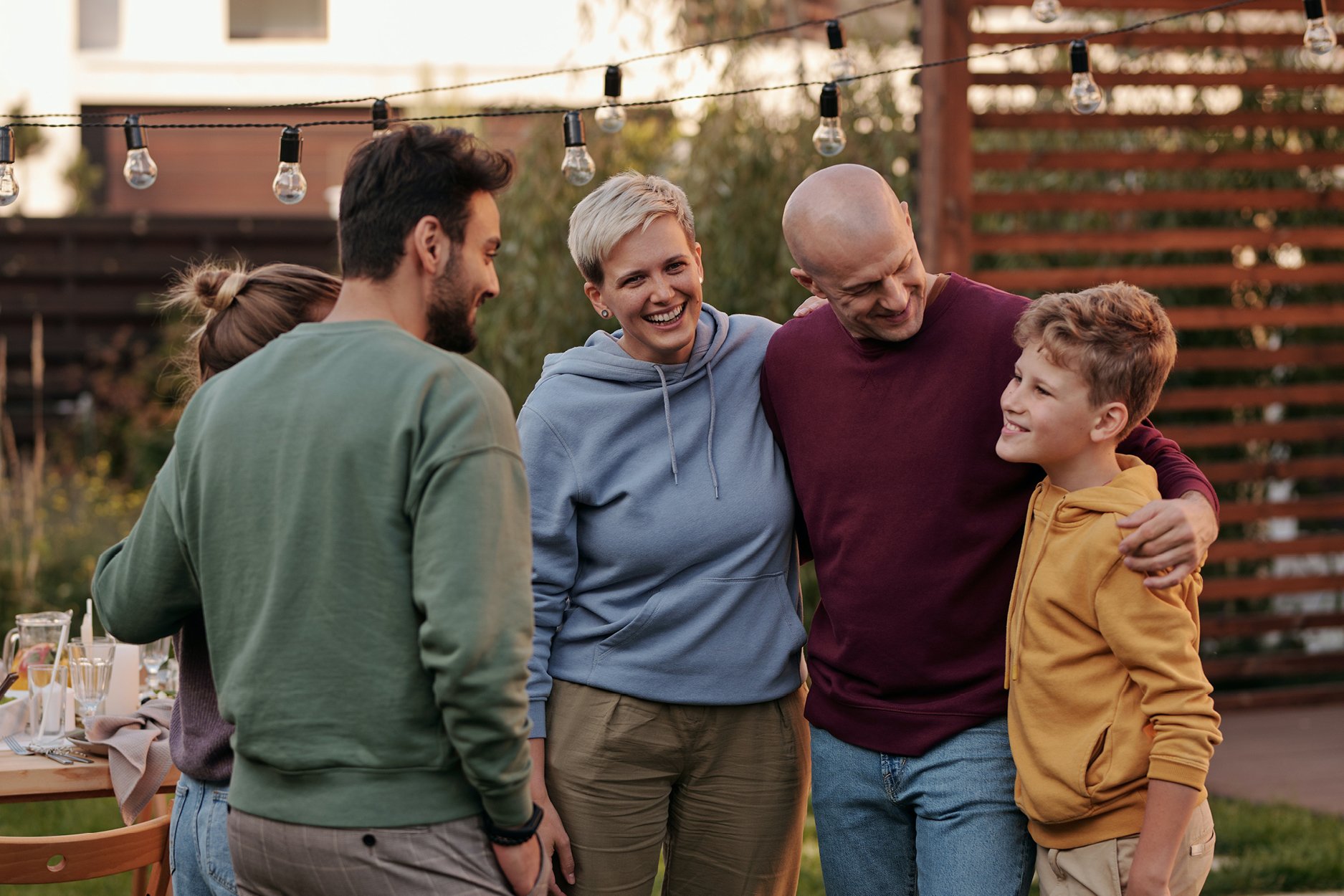When Opioid Addiction in Teens Starts at The Doctor's Office

Teenage boys get hurt. Mothers, fathers, and care providers for adolescent males know that another injury is just one decision away. Trips to the emergency room and doctor's office are common for another stunt, athletic injury, or mindless repercussion of a poorly thought out decision. As parents, we expect this kind of behavior from our young boys. These doctor's trips are the kind every parent prepares for and even looks forward to as the long list of scraped knees and childhood experiences grows. Parents are never prepared for and never see coming the doctor's visits for addiction. Emergency room trips for overdose reversal, stomach pumping, and alcohol poisoning are a dreaded nightmare, much less an expectation. A need to refill prescriptions for opioid painkillers, for example, because a child's pain continues to return at greater intervals. Going to emergency rooms for a one time dose of opioids because a child is experiencing symptoms of withdrawal. These are not the doctor's trips a parent prepares for. These aren't the memories we saw ourselves building for our child.
Often, this pattern start's at the doctor's office. Injuries and adolescent surgeries which result in a prescription of a narcotic opioid painkiller is the beginning of what can be a dangerous trend. Dependency grows quickly for many people who use opioids, especially young adolescents with a vulnerable system. A research study published in
Pediatrics
found a distinct correlation between teens who took prescription opioids because they were prescribed by a doctor for pain and teens who took prescription opioids after they were prescribed by a doctor for pain. The difference between the two identical situations? Teens continue to take opioids for nonmedical reasons after their experience taking opioids for medical reasons have passed. Either way, they are still taking opioids because their doctor originally prescribed the medication for pain management. Almost all of the nonmedical usage of prescription opioids could be linked to a historically demonstrated medical use of prescription opioids in the past. The trend was consistent for nearly two decades.
When working with your child's prescribing physician or an emergency room doctor, ask for an alternative to opioid medication or look into an adolescent opioid treatment program to help your loved one. Many non-narcotic prescriptions for pain can work just as effectively as prescription opioids. Prescription strength ibuprofen or acetaminophen, Motrin and Tylenol respectively, are often strong enough to limit pain to a tolerable amount without completely numbing the entire system or producing euphoric effects.
Opioid addiction is happening to more of our adolescent boys. Our family at Stonewater Adolescent Recovery Center is serving the need of families across the south by providing residential treatment to adolescent males needing to recover from addiction. Foundation building and life cleansing, our unique program offers a remote residential experience for growth, healing, and academic development. Call us today for more information: 662-598-4214

.jpg)

